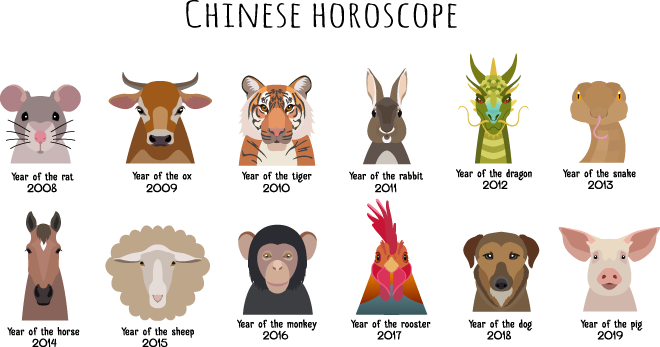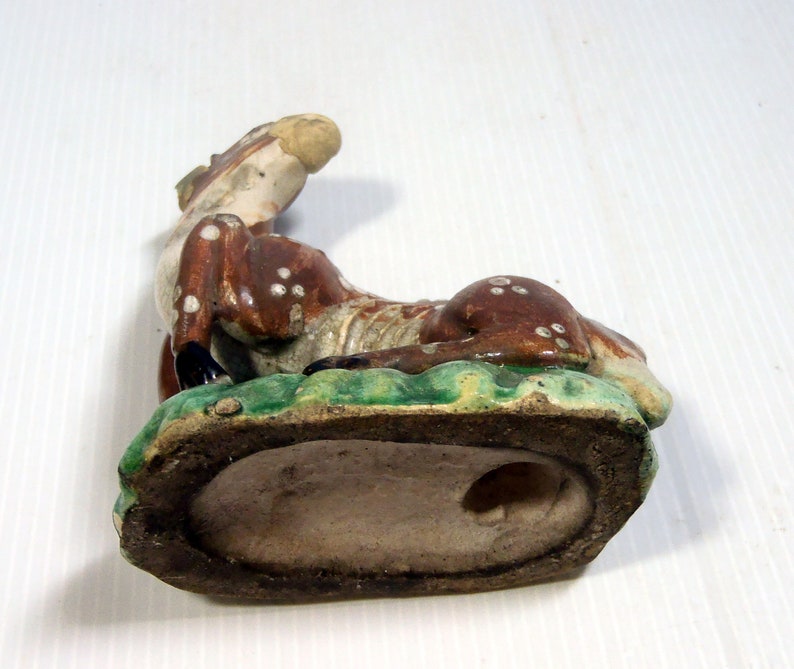

People born in the year of the Horse are said to always be looking and moving forwards, however this can mean losing interest in things quickly as they charge towards the next new thing. The most recent year of the Horse was 2014, and the next takes place in 2026. Snakes are considered to be idealists, who beneath their cold exterior have a very warm-hearted and loving nature. The year 2025 is the next year of the Snake, and the most recent one was in 2013. People born in the year of the Dragon have a reputation for being adventurous - both in life and in love - who are driven in pursuit of the things they want. chan, Research and Policy Analyst on the Education Justice Research and Organizing Collaborative team at the New York University Metro Center, edited this report.The next year of the Dragon takes place in 2024, 12 years after the most recent one in 2012. For Seollal, South Koreans commonly say "Saehae bok mani badeuseyo” (May you receive lots of luck in the new year), while North Koreans say "Saehaereul chuckhahabnida” (Congratulations on the new year). Traditional greetings during Tết in Vietnam are “Chúc Mừng Năm Mới” (Happy New Year) and “Cung Chúc Tân Xuân” (gracious wishes of the new spring). In Mandarin, a common way to wish family and close friends a happy New Year is “ Xīnnián hǎo,” meaning “New Year Goodness” or “Good New Year.” Another greeting is “ Xīnnián kuàilè,” meaning "Happy New Year." Lunar New Year GreetingsĬultures celebrating Lunar New Year have different ways of greeting each other during the holiday. Travel is less common in North Korea and families tend to mark the holiday at home. Traditionally, families gather from all over Korea at the house of their oldest male relative to pay their respects to both ancestors and elders. North Koreans are also encouraged to visit statues of founder Kim Il Sung, and his son Kim Jong Il, during the holidays and provide an offering of flowers.Īmong both North and South Koreans, foods like sliced rice cake soup ( tteokguk) and a dish made from five different grains are prepared to mark the Lunar New Year holiday. Rather than giving money in red envelopes, as in China and Vietnam, elders give New Year's money in white and patterned envelopes. Before then, New Year's was officially only observed on January 1.

North Korea began celebrating the Lunar New Year according to the lunar calendar in 2003. Celebrations of Seollal were officially revived in 1989, although many families had already begun observing the lunar holiday. This was when the Empire of Japan annexed Korea and ruled it as a colony until the end of World War II. In Korea, official Lunar New Year celebrations were halted from 1910-1945. These sweet bites are made from dried fruits or roasted seeds mixed with sugar. Snacks called mứt tết are commonly offered to guests. Tết celebrations can also include bánh chưng, a rice cake made with mung beans, pork, and other ingredients wrapped in bamboo leaves. As in China, travel is heavy during the holiday as family members gather to mark the new year.įamilies feast on five-fruit platters to honor their ancestors. In Vietnamese celebrations of the holiday, homes are decorated with kumquat trees and flowers such as peach blossoms, chrysanthemums, orchids and red gladiolas. Parades, dances, games and fireworks mark the finale of the holiday.


The holiday concludes with the Lantern Festival, which is celebrated on the last day of New Year's festivities. Sometimes, a clean coin is tucked inside a dumpling for good luck. In the Chinese language, the pronunciation of “fish” is the same as that for the word “surplus” or “abundance.” Chinese New Year’s meals also feature foods like glutinous rice ball soup, moon-shaped rice cakes (New Year’s cake) and dumplings ( Jiǎozi in Mandarin). What Role Did Women Play in Ancient Rome?Īmong Chinese cultures, fish is typically included as a last course of a New Year’s Eve meal for good luck.


 0 kommentar(er)
0 kommentar(er)
